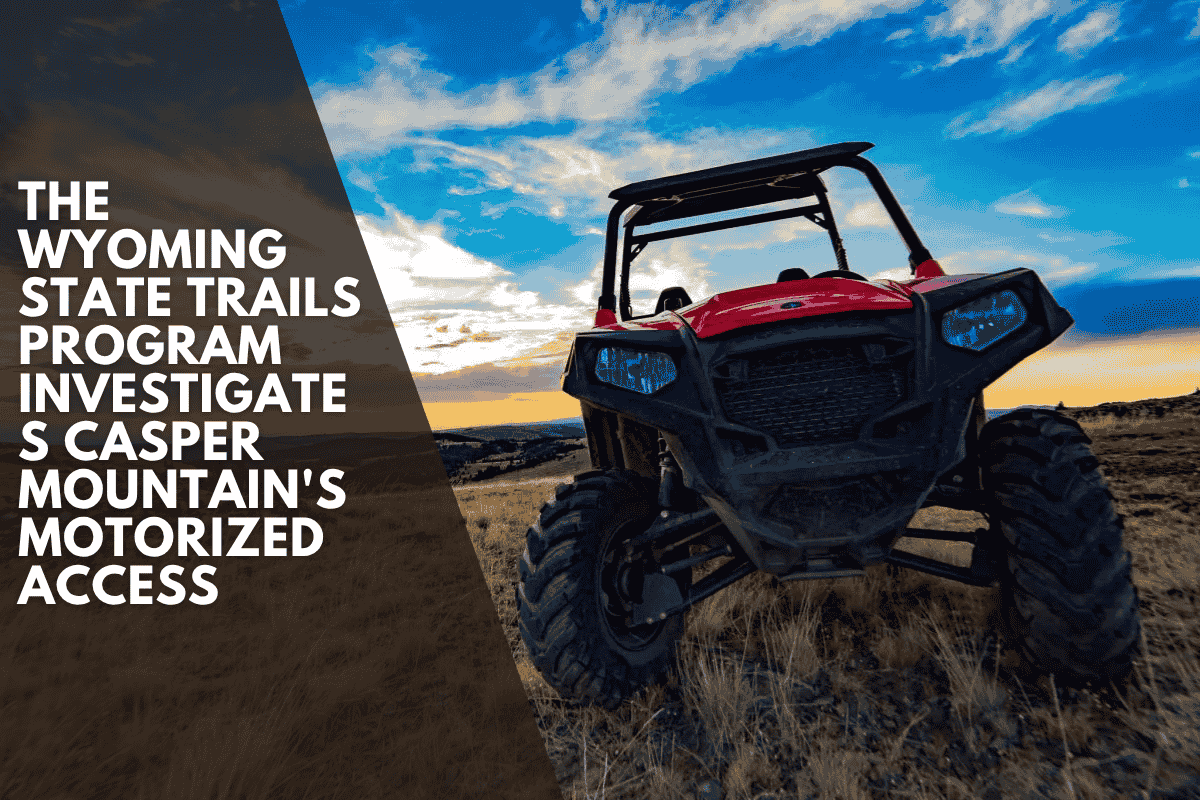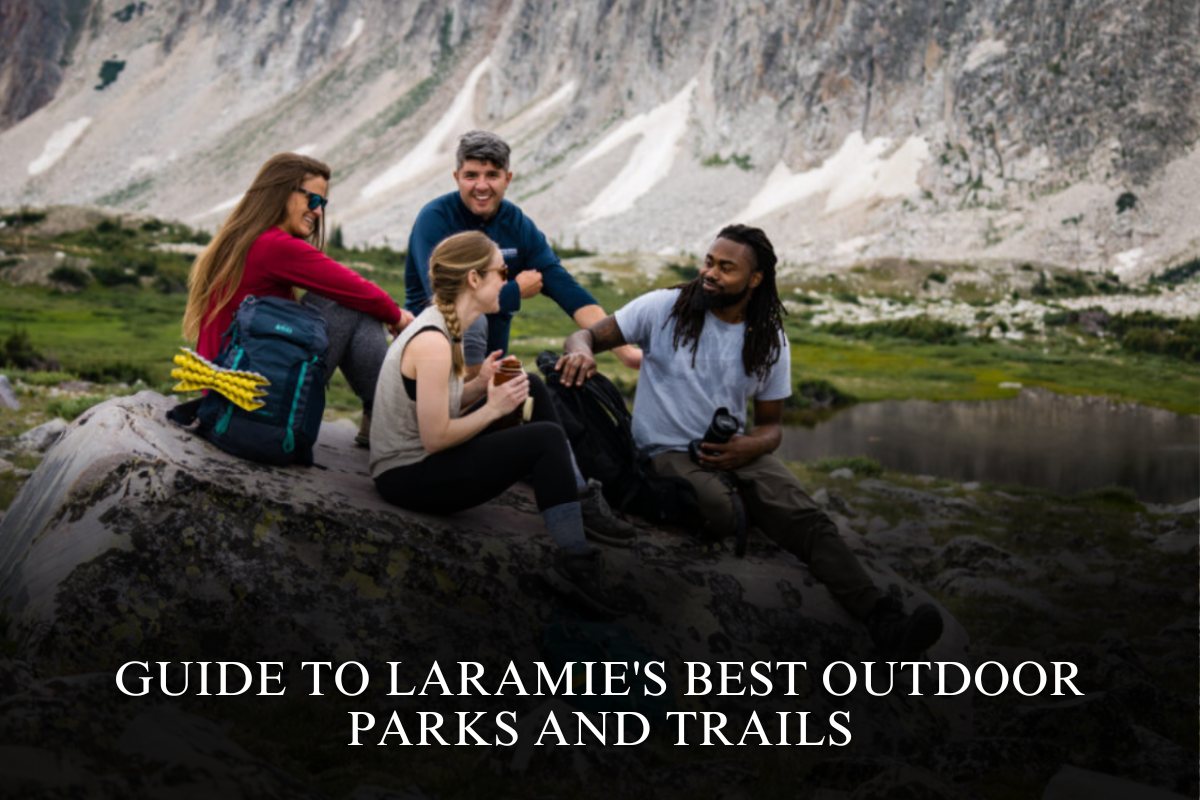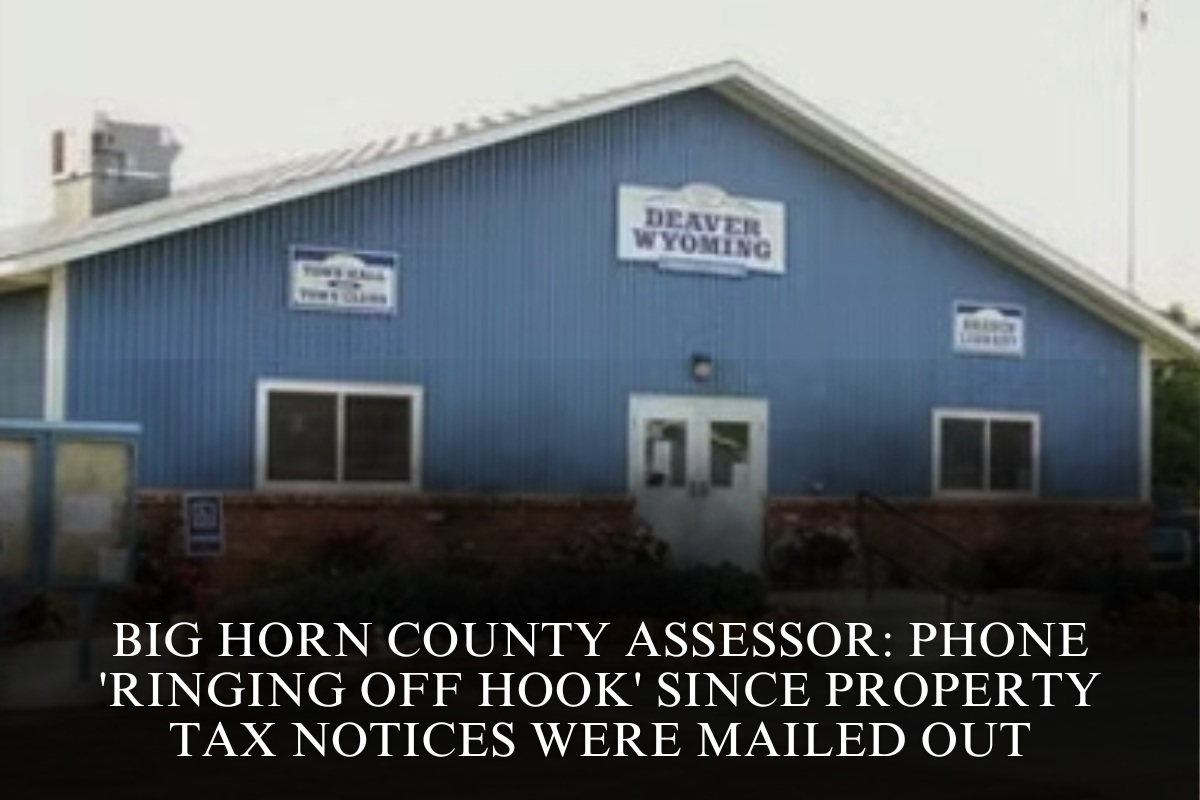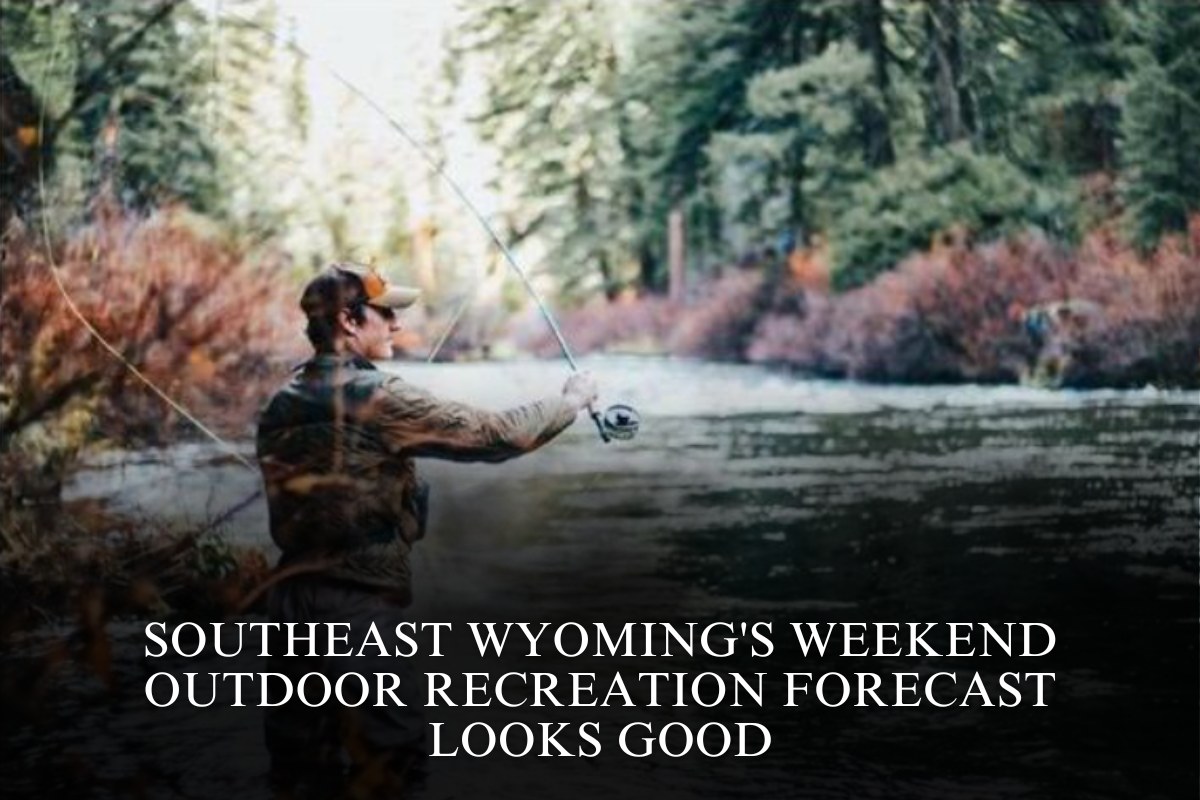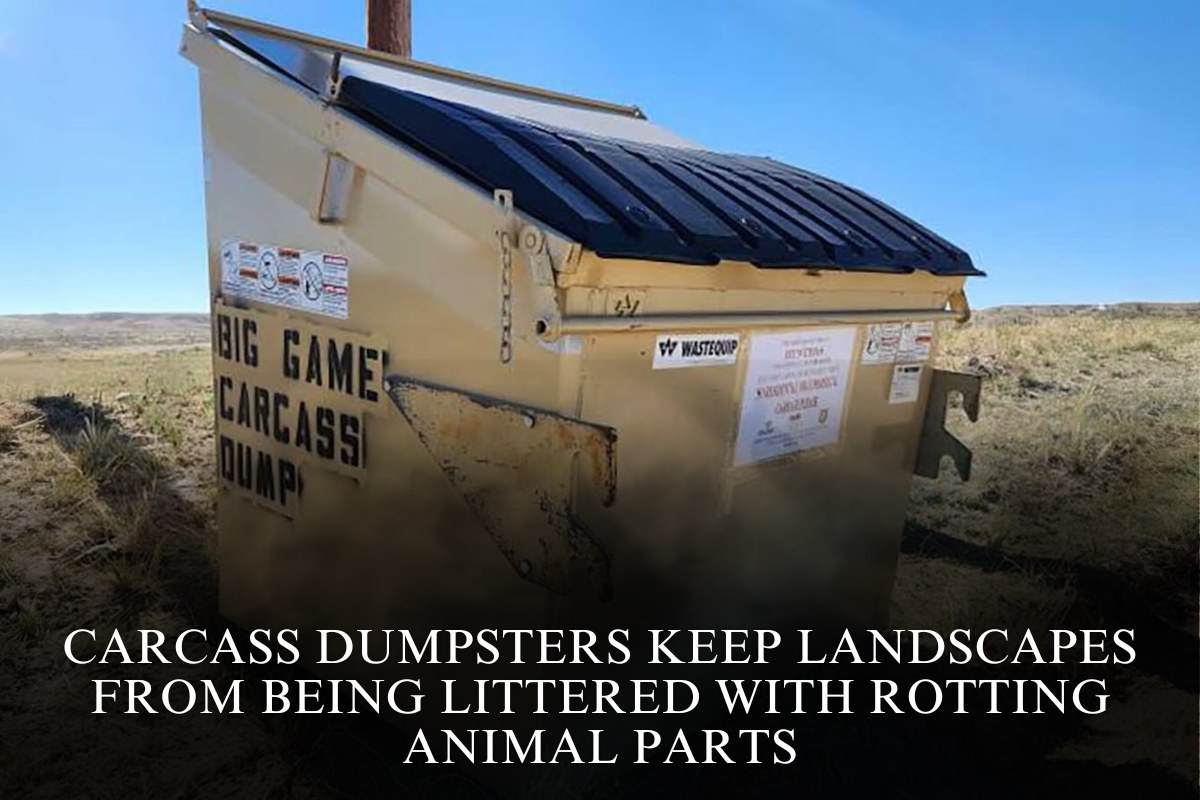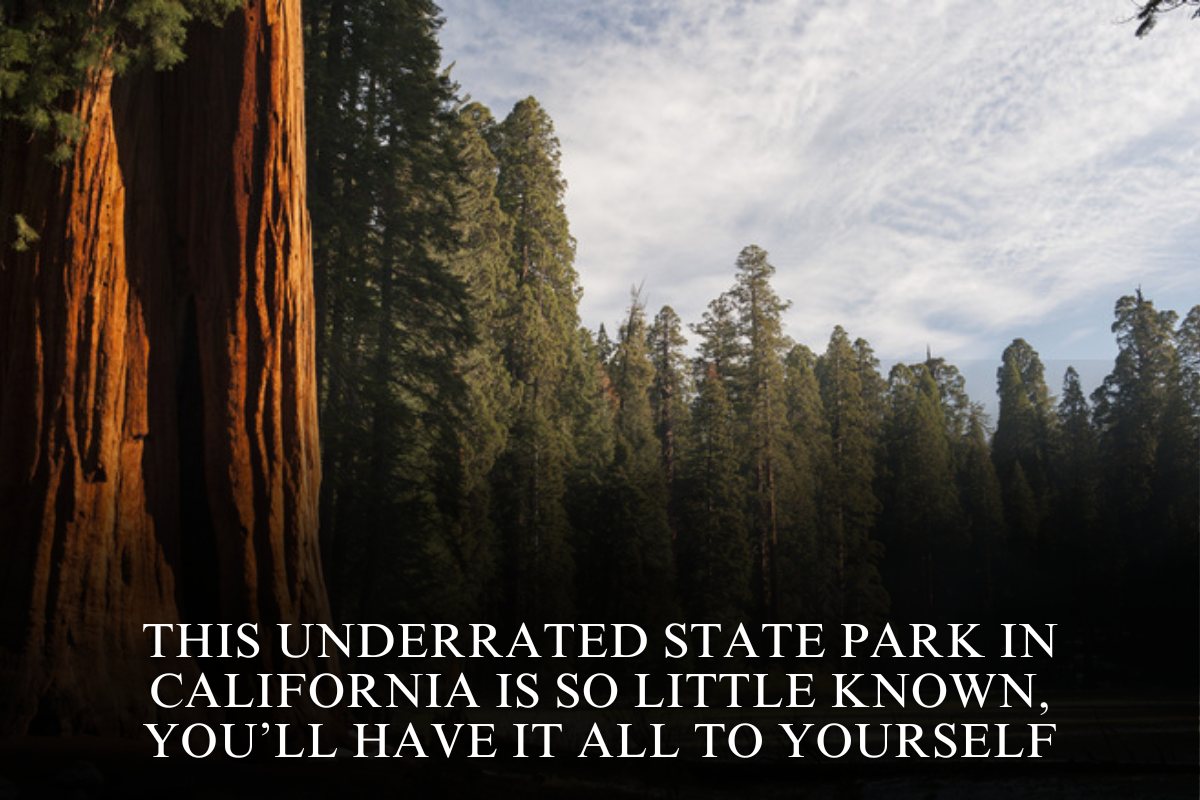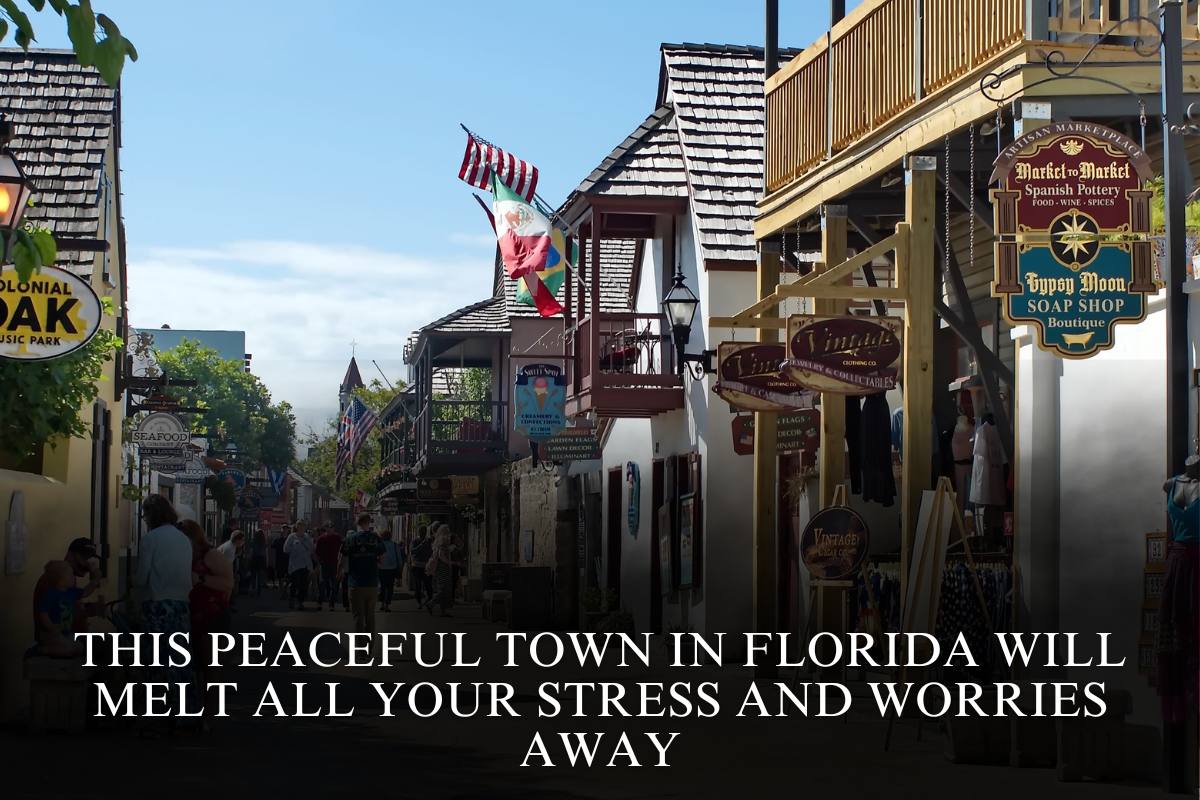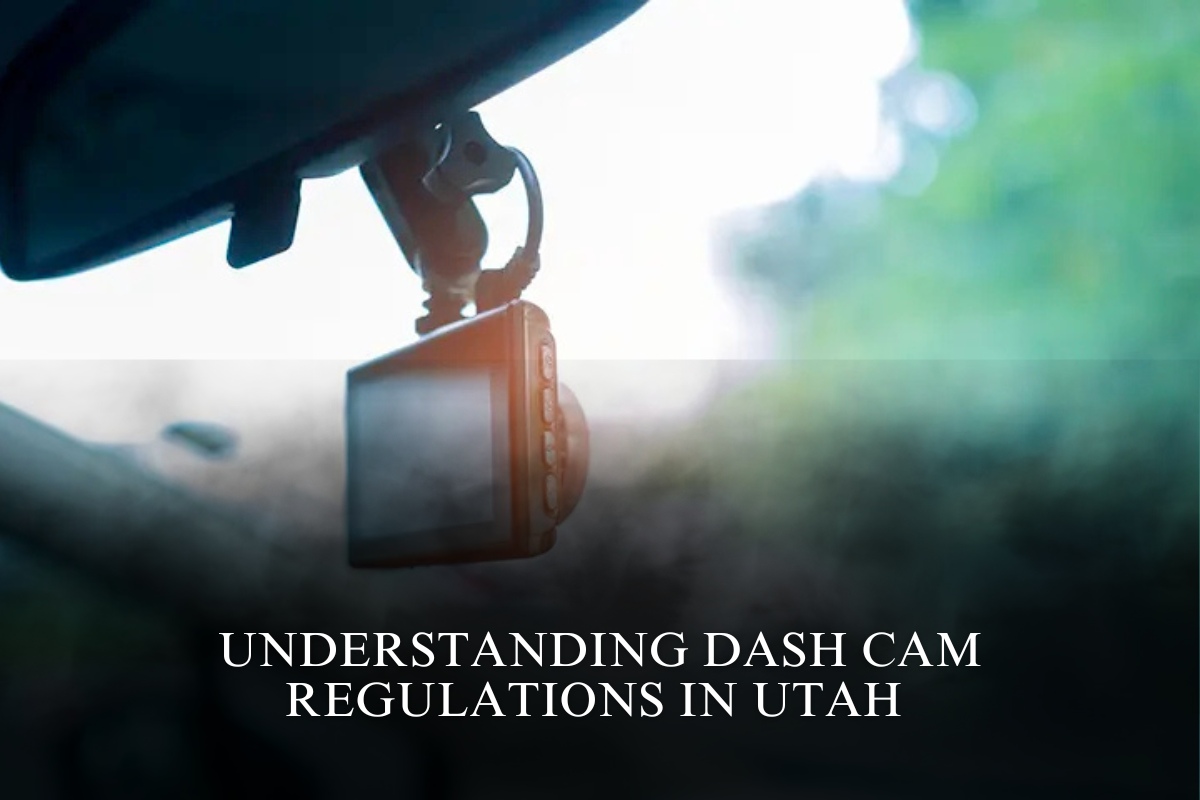CASPER, Wyo. — The Wyoming State Trails Program intends to expand motorized recreational access on Casper Mountain and connect it to the city of Casper, with the goal of increasing local tourism and economic activity.
Mark Tesoro, Wyoming Outdoor Recreation manager, and Forrest Kamminga, Wyoming State Trail program manager, presented the initiative to the Natrona County Board of Commissioners on Tuesday.
The program, which began in 2002 and has grown at a “wildfire” rate, focuses on connecting communities via designated Off-Highway Vehicle trails.
The effort is similar to the economic impact of snowmobiling, but with modern off-road vehicles capable of carrying multiple passengers. It’s referred to as “boating on dirt.”
According to Kamminga, a 2021 study conducted in collaboration with the University of Wyoming estimated that the OHV program has an annual economic impact of $365 million on the state’s economy.
Last summer, the program spent approximately $80,000 on improvements to the TP Pitch Bin and Ponderosa Park Road on Casper Mountain, which are heavily used by OHVs.
However, because the roads have not yet been officially enrolled in the state program, nonresidents are only legally permitted to travel on them if their vehicles have a multipurpose license plate.
The goal is to include Casper Mountain and Muddy Mountain roads in the program, giving visitors and residents legal access to local amenities such as hotels, fuel, and restaurants.
“I will say that we are working on highway enrollments right now with our partners at WYDOT,” Kamminga disclosed. “I’d also like to point out that we’re not looking to create a free-for-all on county roads.
We’re just looking for specific routes that we can publish for access, so it’s not like if you enrolled all of Natrona County roads, we’d just dump them on our map and advertise them.”
He added that the program collaborates closely with the Natrona County Road and Bridge Department to strategically map routes.
Commissioners inquired about potential trespassing issues. Tesoro responded that enrolled counties, such as Lincoln County, reported “zero issues with trespassing” and “no citations issued whatsoever” after a year of implementation.
He mentioned that signage, education, and responsible trail users frequently help to self-police these areas.
Sandra Sanderson of the Wyoming Department of Transportation added that regulating OHV use through enrollment helps to prevent dangerous practices such as weaving through traffic on highways.
Sanderson stated that two years ago, statutes were changed to allow for interstate crossings and safety requirements for off-highway vehicles on roads.
WYDOT is now working with the State Trails Program to consider enrolling connecting state highway segments with low traffic volumes and speeds.
In high-traffic areas, designated and built routes or trails with barriers and signage are considered within the highway right-of-way.
Drivers of OHVs on public roads must be licensed and insured, and their vehicles must have street-legal safety equipment.
The Backcountry Discovery Route, a motorized trail system that has brought tourism dollars to small communities, was also mentioned during the discussion. The State Trails Program has collaborated with BDR and is looking into “BDRX” routes, which are more extreme trails.
Commissioner Peter Nicolaysen requested examples of enrollment agreements with other counties to assist the commission in evaluating potential plans that involve local road and bridge, law enforcement, and the county attorney.
The statewide initiative began in Evanston and was initially known as the Southwest Wyoming Off-Road Trails. It utilizes existing dirt, windmill, oil field, ranching, and county roads.
Two bills passed during the 2023 legislative session improved community access and safety measures for OHVs. Similar programs have already been implemented in Evanston, Lyman, Mountain View, Kemmerer, La Barge, Marbleton, Big Piney, Superior, Granger, Rock Springs, Green River, Uinta County, Lincoln County, Sweetwater County, Fremont County, and Carbon County.
Counties that enroll sections of their roads in the program are eligible for state grant assistance. This funding can be used for route maintenance, signage installation, rider education initiatives, and overtime pay for deputies who enforce regulations on enrolled routes.
